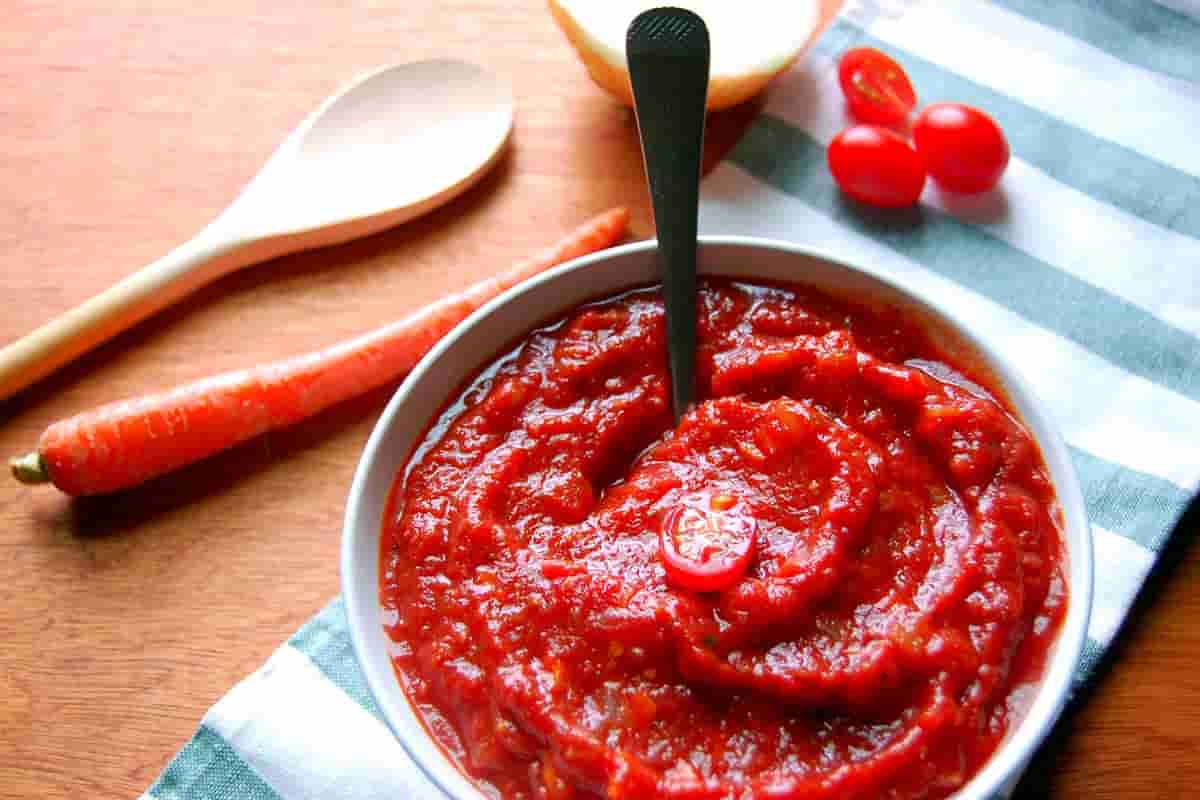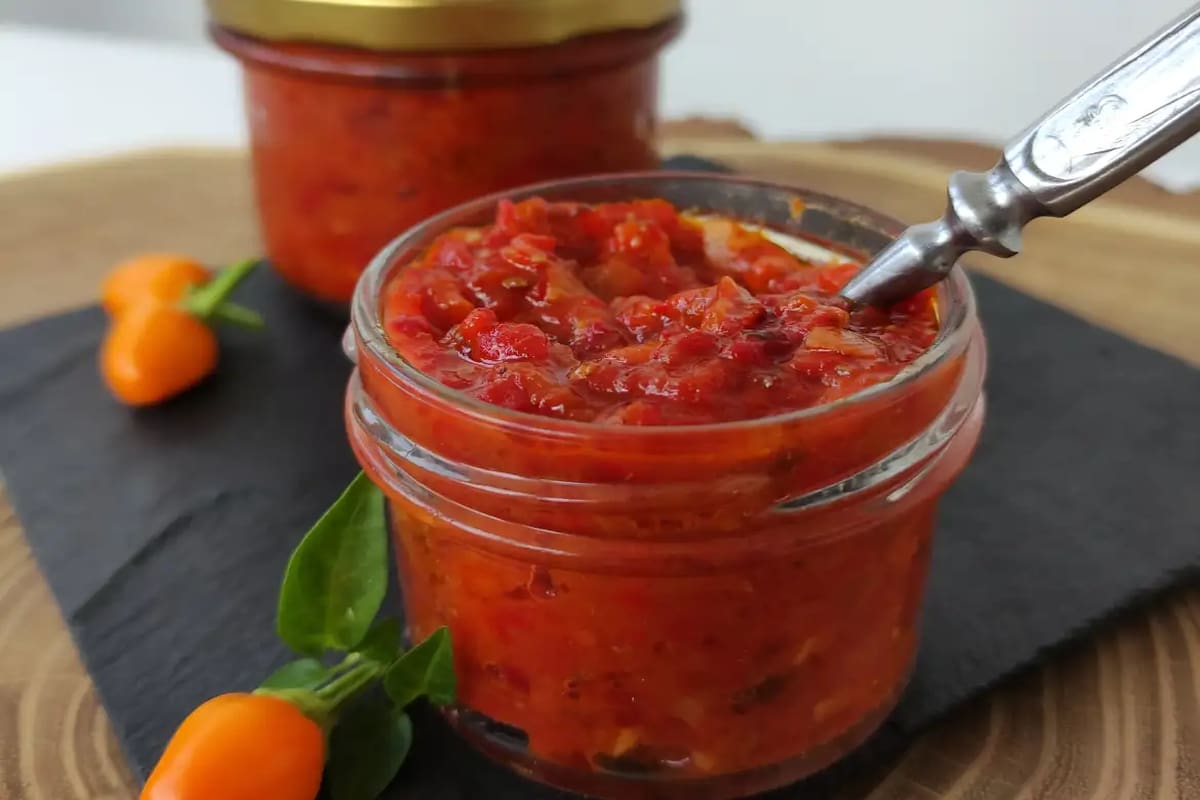Business helps global leaders with their plan always stay ahead with insight and in-depth analysis on people, companies, events and trends. One of this profitable trade is for tomato paste production and industry. Most important countries which were pioneer of production and exporting tomato paste are Mexico, Netherlands, Spain, Morocco and Turkey. All these countries are producer for both kinds: local and greenhouse tomatoes, each with its own set of benefits and drawbacks. Local tomatoes produce less paste but keep it from growing stale and deteriorating.
Greenhouse tomatoes are more expensive, but they generate more paste. Between 10 and 15 kilograms of paste is produced for every 100 kg of meaty and luscious tomatoes. The first tomato paste was made in Italian homes and factories. The Italians decided to manufacture a sauce out of tomato extract to add a fresh flavor to their pastas, then Cecil and other places in southern Italy became known as the birthplace of tomato paste. The Mediterranean countries are currently among the world leaders in tomato paste production and consumption.
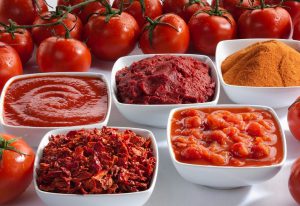
Tomato paste industry
Tomato paste industry open a new door for making money both for exporter and retailer among neighboring countries. . As it is obvious Tomato paste has different variety in taste, quality, packaging, and amount of brix and so on. All exporter and retailor have to keep in mind each country and different people in different area have their own taste and prefer. Iran and turkey have the largest export of tomato paste to Iraq.
Most Iraqi use peppery and hot meal so their request for tomato paste is more for thick and peppery ones, however European use thin and watery tomato paste. Actually more than 6 million tons of tomatoes are produced in our country, of which more than 800000 tons are turned into paste in food factories.
Of this amount of tomato paste produced, approximately 17% is exported for different countries, and do to the welcome of neighboring countries, our country is in high level for these products. Satrap tejarat trading company has been able to introduce itself as one of the leading companies in food packaging and also tomato paste packaging. Satrap trading company as first choice with use of world-class equipment and their ability to export food, can sell your products faster and in high amount.
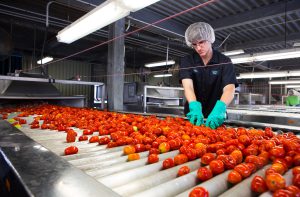
Tomato paste production process
Tomato paste is one of the canned products which are produced both at home and in factories. Canned products which are produced in factories receive more heat in compare with homemade tomato paste, as a result this issue cause long healthier life for canned tomato paste.to prepare tomato paste, large, red, healthy tomatoes with high brix which have less fiber texture are used. The color of tomatoes should not be yellow or green because these color s affect the final quality in the production of tomato paste.
In the second steps Immersion and spraying methods are used for washing tomatoes. For more certainty, Tomatoes are usually washed in three steps. After washing, tomatoes are crushed by two methods: hot crushing and cold crushing. In hot crushing method, heat stops the activity of pectolytic enzymes (especially pectin methyl esterase or pectinase). On the other hand, heat release gummy material around the seeds. Necessary temperature in this method is 90 c and mainly used for high quality tomato paste.
The second method is cold crushing which tomatoes are cold- pressed in tomato paste production. Necessary temperature in this method is 80 c which is considered as low temperature and causes poctolytic enzymes continue their activity and produce low quality tomato paste. In the third step there are two or usually three filters .the first filter is usually called pulper and the second or third are called finisher.
Pulper separates the skin and seeds of tomato and they remain in the cylinder and cannot enter in the production line. Finisher crush tomatoes more as well as smoothing it. And at the same time it separates tomato juice from its pupl. After crushing, tomatoes sent to the evaporators for concentration, this process always done by vacuum condition. As final steps Pasteurization, packaging and labeling are set to finish production process.
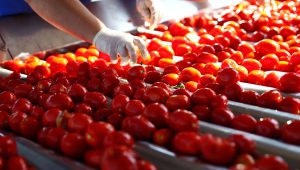
Packaging of tomato paste
Quality tomatoes are used as the best choice for making tomato paste. Tomato paste which are produced in factories are available both in metal cans and glass packages. Producers says Metal cans are more durable than glass because they can be sterilized and kept in the pasteurizer for longer periods of time, and they can also hold more heat than glass, however science has established that the best way to keep tomato paste safe is to store it in a glass jar, we’ve made it simple for you. Our company offers Jared tomato paste in various weights.
Simple jobs like storing tomato paste in the refrigerator can be difficult for homeowners, but that does not imply they are insignificant. A little mold can render all food unusable, so Remember that even if the moldy section is removed, the poisoning will stay in the entire dish. The glass is impervious to water. It also doesn’t react with the paste within because of its unique molecular structure. As a result, the food’s flavor and color are kept. In addition to before mentions, keeping tomato paste in a metal can be a bit of a pain to use.

Metal cans corrode more quickly than alternative packaging materials. Corrosion alters the surface and interior of the can. The hydrogen produced inside the can, in particular, causes the metal can to bulge and puncture. Corrosion in metal cans can result in color and vitamin loss, particularly in tomato paste.
Another crucial aspect is that it is nearly impossible to close a can’s lid tightly again once it has been opened; however, transferring it to another jar makes it possible, and tightly closing the container prevents food contamination. As a result, we may infer that purchasing Jared tomato paste is a good idea.



